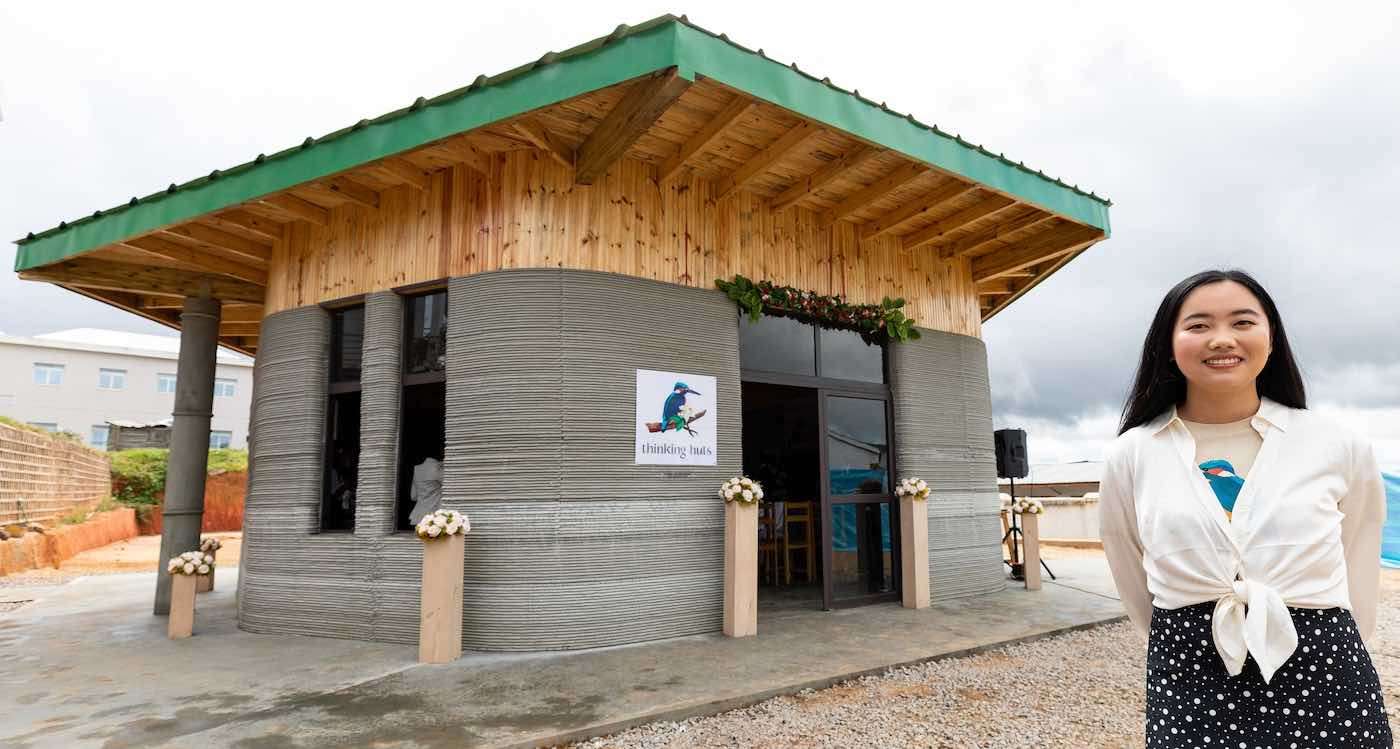Tesla Model 3 Has a Life-Cycle Ownership Cost Equivalent to the Cheapest Car in America
No one sees a Tesla or a Tesla owner and thinks "budgeter" but 5-year cost of ownership of the new Model 3 less than you'd think.

A young entrepreneur is using 3D printers to create cheap school campuses in rural Madagascar.
It takes just $40,000 and 18 hours to build a "Thinking Hut," as they're called, and founder of the project Maggie Grout is aiming to get the cost even lower before handing the reins over to local professionals.
WS previously reported on Maggie Grout's idea in 2021 during the pandemic. It was then that she and a San Francisco architect came up with the idea of making them honeycomb-shaped so that additional modules could be added seamlessly.
And indeed, the first completed campus is called the "Honeycomb."
Madagascar is one of the most challenging places in Africa to develop, but also the most opportune owing to a lack of any armed conflicts and a government welcoming of foreign workers.
But extreme poverty, lack of infrastructure, terrible roads, and a delicate, priceless natural ecosystem all pose challenges to anyone seeking to implement large-scale development projects.
Instead, Grout brought her 3D printers over in a single shipping container and has now printed a school in the town of Fianarantsoa, a city in south-central Madagascar with 200,000 people.
"From that first project, I really learned how to streamline the logistics," Grout told Fast Company. "I learned how to put together the supply chain when there's not a lot of locally available materials. And then I learned how to work in harmony with the local people."
Local people are the key—lack of institutional presence in rural areas means that almost any economic activity has a foundation built on years of trust between community individuals. When foreigners come in, building trust is often the biggest challenge to getting a project off the ground in Madagascar.
However, from the onset, Grout said she wanted to rely on the locals as much as possible. During the first project, she learned how to best manage a team of cross-cultural partners. She used local people to install traditional windows and doors, and worked with the Madagascar Ministry of Education to bring in teachers.
"We do think through the holistic collateral impacts of what we're doing," Grout says. "We're really just aiming to be a stepping stone for [the community] to be successful on their own… We don't want them to be dependent on us."
Her long-term goal is to establish Thinking Huts in many different countries.
WATCH Grout explain her project below…
SHARE This Awesome Use Of 3D-Printing With Your Friends…
Be the first to comment